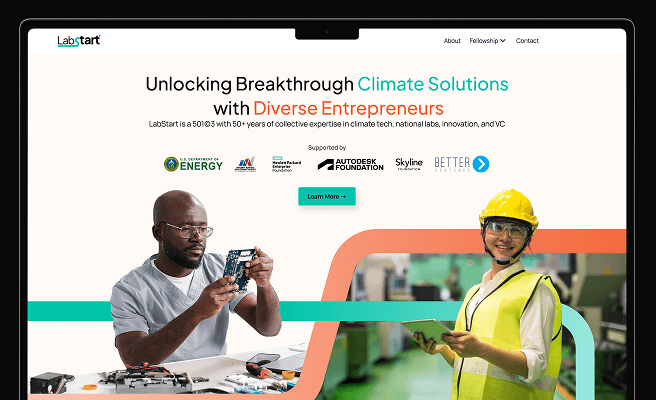Product Usage
<p>Product usage refers to how end-users interact with a product, encompassing the various ways they utilize its features and functionalities to meet their needs. Understanding product usage is crucial for companies aiming to improve user satisfaction and drive product adoption.</p>
<p>Historically, companies relied on anecdotal evidence and limited user feedback to gauge product usage. However, with the advent of digital analytics tools, it has become easier to collect and analyze detailed data on how users engage with a product.</p>
<h2>Importance of Understanding Product Usage</h2>
<p>Understanding product usage is pivotal for several reasons. First, it helps identify which features are most valuable to users, guiding future development efforts. Second, it uncovers usage patterns that can inform marketing strategies and user onboarding processes. Finally, it allows companies to proactively address issues, improving overall user experience and retention.</p>
<p>For example, a climate tech company developing an app for tracking carbon footprints might notice that users frequently engage with features related to transportation but rarely use those for home energy consumption. This insight could lead the company to enhance or better promote the underutilized features.</p>
<h3>Key Metrics to Monitor</h3>
<p>To gain meaningful insights into product usage, companies should track several key metrics:</p>
<ul>
<li><b>User Engagement:</b> Measures how actively users interact with the product over time. Tools like <a href="https://mixpanel.com/" style="color: #2896FF; text-decoration: underline;">Mixpanel</a> can help track engagement metrics.</li>
<li><b>Feature Usage:</b> Identifies which features users are using most and least often.</li>
<li><b>Session Duration:</b> Indicates how long users spend on the product during each session.</li>
<li><b>Churn Rate:</b> Tracks the percentage of users who stop using the product over a given period.</li>
<li><b>User Feedback:</b> Collects qualitative data on user satisfaction and pain points through surveys and reviews.</li>
</ul>
<h3>Strategies for Improving Product Usage</h3>
<p>Improving product usage often involves enhancing the user experience and ensuring the product meets user needs effectively. Here are some strategies:</p>
<h4>User Onboarding</h4>
<p>A seamless onboarding process can significantly impact how quickly users understand and start using the product. Interactive tutorials and guided tours can help users become familiar with key features. For instance, <a href="https://www.appcues.com/" style="color: #2896FF; text-decoration: underline;">Appcues</a> provides tools for creating personalized onboarding experiences.</p>
<h4>Regular Updates and Improvements</h4>
<p>Continuously updating the product to fix bugs, add new features, and improve existing ones keeps users engaged and satisfied. Companies should use user feedback and usage data to prioritize updates.</p>
<h4>User Education</h4>
<p>Providing resources such as help articles, video tutorials, and webinars can help users make the most out of the product. For example, a company might create a series of tutorials on best practices for using their software.</p>
<h4>In-App Messaging and Support</h4>
<p>Offering in-app support through chatbots or live chat can assist users in real-time, addressing any issues they encounter promptly. Tools like <a href="https://www.intercom.com/" style="color: #2896FF; text-decoration: underline;">Intercom</a> are effective for this purpose.</p>
<h3>Case Study: Climate Tech Example</h3>
<p>Consider a software climate-tech startup that developed an app for monitoring and reducing energy consumption in buildings. By analyzing product usage data, the company discovered that users were highly engaged with the real-time energy monitoring feature but less so with the energy-saving tips section. Based on this insight, the company revamped the tips section to be more interactive and integrated it with the monitoring feature. This led to a 30% increase in user engagement with the tips section over the next quarter.</p>
<h2>Conclusion</h2>
<p>Understanding and optimizing product usage is essential for enhancing user satisfaction, driving adoption, and ensuring long-term success. By leveraging analytics, user feedback, and continuous improvement strategies, companies can better meet user needs and stay competitive in their respective markets.</p> <p>Increase user engagement that converts your demos into sales. Optimise your UX strategies with our audits.
<p>Fill out the <a href="https://tally.so/r/n97pxQ" style="color:#2896FF; text-decoration:underline;">UX Audit form</a> to get started. Ready to discuss your needs? <a href="https://cal.com/akhilak/what-if-design?duration=25" style="color:#2896FF; text-decoration:underline;">Book a consultation call</a> with us today.</p></p>

Let's scale your impact with great design.
Free consultation, no sales pitch
Thank you! Your submission has been received!
Oops! Something went wrong while submitting the form.
Let’s talk
Nothing great is built alone.
Let’s connect about your vision, our work and how we can collaborate.
Get in touch

